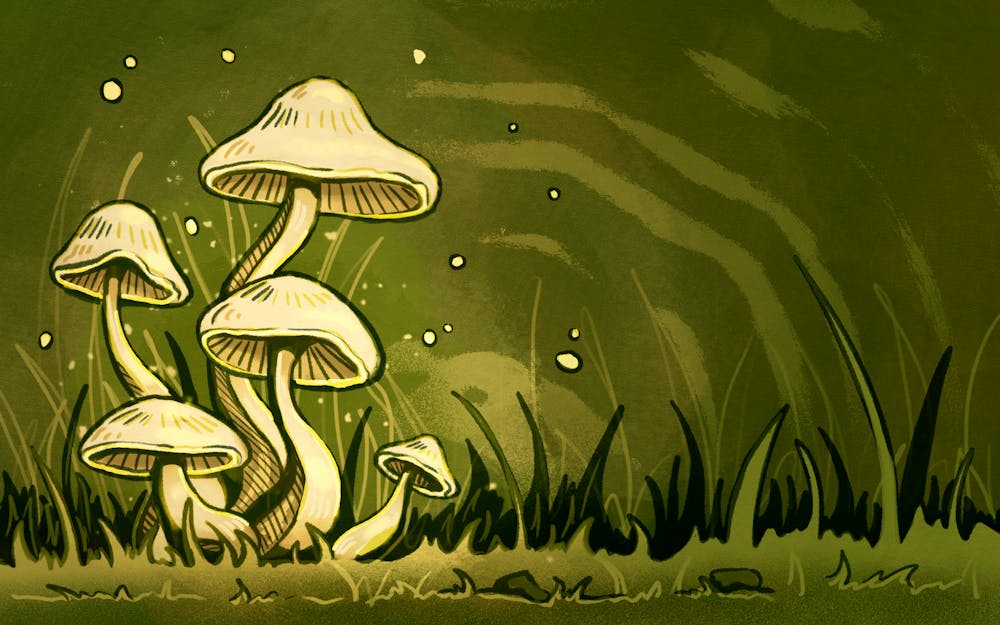Scientists at Cornell University used mushrooms to control a robot. Hard to believe, right? But this news isn’t the only incredible application for mushrooms. From health and technology to fashion and agriculture, our future may intersect with, and be influenced by, the fascinating world of fungi.
The mushroom and its health benefits have long been tracked. In Asia, medicinal mushrooms have been used for hundreds of years. For more than 30 years, they’ve been used as an addition to standard cancer and lung disease treatments in China and Japan. Psilocybin mushrooms, or magic mushrooms as they are commonly referred to, can be found in medicine used for people suffering from treatment-resistant depression. According to the Alcohol and Drug Foundation, “We’ve learned psilocybin can have anti-depressant and anti-anxiety effects that last for several months.”
The power of mushrooms doesn’t end there, though. As mentioned, researchers at Cornell University recently used a part of the mushroom called mycelium, the root-like structure of a fungus, to control a biohybrid robot. The mycelium uses small electric signals to make the robot walk and roll, acting as the robot’s brain, similar to what mushrooms do in the wild. The National Forest Foundation said, “mycelium composes what's called a ‘mycorrhizal network,’ which connects individual plants together to transfer water, nitrogen, carbon and other minerals.”
While these biohybrid robots are currently only being tested in a lab, many future possibilities in a wide variety of areas exist. Researchers hope biohybrids might explore oceans, help with fertility treatments, find survivors after an earthquake and improve soil conditions for agriculture.
Another unexpected superpower of fungi is its use as an alternative for textiles. The same root that helped the robot move can also be used to create different materials in fashion. This type of textile mycelium can create feels and look like animal leather would. Using mushrooms to create leather-like material may make the fashion industry more environmentally sustainable.
Instead of using cattle to make leather, which produce most of our greenhouse emissions, fashion companies are working to find viable alternatives. Several have already found new ways to create textiles using mycelium, along with other materials like sweet corn, wheat, and even orange peels. Bolt Threads, a company based in California, created a material called Mylo, which is made out of mycelium. It’s tanned in the same process as leather and is almost indistinguishable from actual leather.
And while this won’t necessarily help change the world, it’s an interesting fact, nonetheless. If you’ve watched or played, “The Last of Us,” you’ll know the story is about mushrooms that grow in people’s brains, turning them into zombies. This may seem like total science fiction, but it’s not as far-fetched as you’d think. Cordyceps, commonly referred to as the “zombie-ant fungus,” drains nutrients from insects and injects spores into the ant’s body, effectively controlling its mind. There is no need, however, to worry about living in a zombie apocalypse anytime soon, as the fungus is not able to sustain living inside a human body temperature.
Mushrooms and other types of fungi are already starting to change the world. They are starting to make their presence known, and the fantastic things we have already learned point to new discoveries in the future. Just how far can mushrooms take these industries, and what is the extent of their power? We don’t know yet, but I predict the future may be mushroom-powered.
Jack Davis (he/him) is a sophomore studying journalism.






